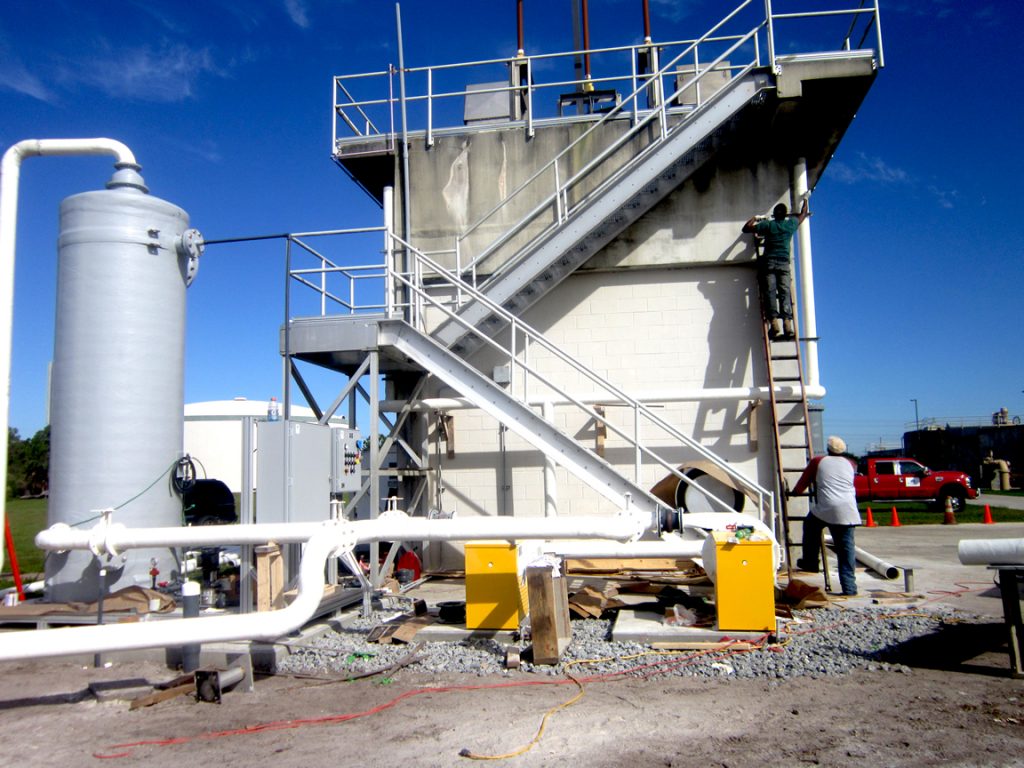
Welding operations are known for producing dust and fumes, which can be toxic. With this, workers must be equipped with the right tools and a safe work environment to minimize the health hazards associated with their jobs. From investing in dust and odor control systems to providing personal protective equipment, this article talks about the best ways to create a healthier workplace for welding operators.
- Saturate Dust with Misting Cannons
One of the best solutions is the use of misting cannons, such as those that you will find at Bosstek. They are commonly used in outdoor applications, such as construction sites. They can also be effective in indoor settings. However, the challenge is that the dust that harms welders will reach them first before it can be saturated by the misting cannon. For this reason, the latter may not be your best bet.
- Provide Personal Protective Equipment
The right set of personal protective equipment for welding will limit dust exposure. Welders need to be covered to prevent the dust and fumes from putting themselves at risk. Some of the must-haves for welding PPE include welding helmets, goggles, shields, respirators, and gloves, among others. From the eyes to the skin, the workers should be equipped with the right tools that will protect them from dust.
- Ensure Adequate Ventilation
Especially when the welding task is completed indoors, it is crucial to ensure proper ventilation. Air circulation is important to direct dust away from the source. One of the best is a flexible ducting system that comes with a movable hood. The hood can be directed in the work area to capture dust from the source. There are also welding guns with fume extraction capabilities, which will be effective when it comes to dust control.
- Change the Process
For a more radical approach to dust management, it also helps to consider changing the existing processes. For instance, think of an alternative procedure that is safer than welding. If this is impossible, consider the type of welding that is done and find a process that will generate less fumes and dust.
- Maintain Equipment
Managing dust in welding operations is also possible by paying attention to the care and maintenance of equipment. This way, it is not only possible to ensure their peak performance, but it is also most likely that they will generate less dust compared to what they will produce when they are not regularly cleaned.
- Embrace Robotic Welding
We are living in an era when technology is doing what most humans can do, and that includes welding. To control dust in welding operations, one of the novel solutions is the use of robots. Through robotic welding, there is no human intervention in the process. There is an advanced machine with a smart algorithm to complete the process on its own. Hence, no human is at risk of being exposed to dust and fumes.
Be protected from dust and fumes generated by welding activities! Take note of the things mentioned above to build a safe workplace!
